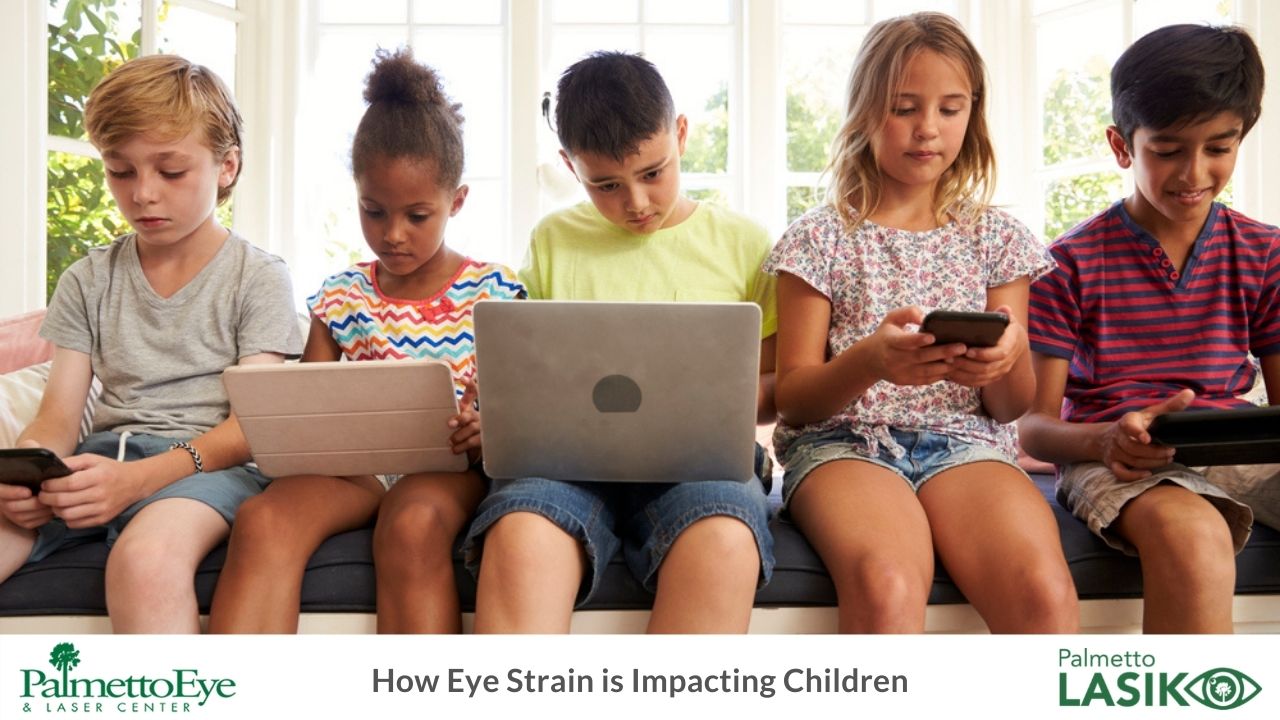
We can again thank the current pandemic for raising yet another health threat to our children. On top of the uptick in anxiety, depression, and other effects of social isolation, the increased use of screens has led to even more concerns when it comes to our children and eye strain.
The good news is that, unlike many of the other side-effects of the new normal brought on by COVID-19, this new condition is relatively easy to manage in order to avoid long-term effects. As our children have been turned away from the classroom and turned toward laptops or tablets, their eyes have begun to suffer the consequences.
The issue of eye strain caused by screen time has long been something professionals have been keeping watch on. Now, however, there is a lot more screen time to consider. The problem was previously due more to video games, online streaming, and other typical downtime activities of our day.
Now we can add to those times in which kids are letting loose to the more necessary and focused times in front of a screen for schoolwork or other social engagements. Through the use of Google classroom tools, Zoom, and Canvas, children are able to learn effectively through a screen. Unfortunately, they are completely unaware of the toll it is taking on the health of their eyes.
Parents may have noticed even more eye-rubbing than normal lately or that their children are seeming to struggle while reading simple text that was not an issue previously. These new behaviors can be due to children overdoing it on screens. The increased screen time is causing much greater eye fatigue, blurry vision, and dry eyes for children around the globe.
The issue of eye strain can be easily remedied through the use of a few simple disciplines. The first step in reducing eye strain in children is increasing their sleep. Not that parents have full control over how long their children sleep, but taking steps to ensure the highest quality sleep is key.
Being intentional to increase time away from the screens for outdoor play or games that do not involve a screen also reduces the likelihood of eye strain in children. Other tips include taking frequent short breaks from the screen during use, positioning the screen at the right level and distance, and even reminding children to blink!
The most important step in caring for your children’s eyes is scheduling regular vision screenings. Schedule an appointment with your children’s eye doctor today and learn more about reducing eye strain for your kids.
Read more about..child’s eyesight problems.